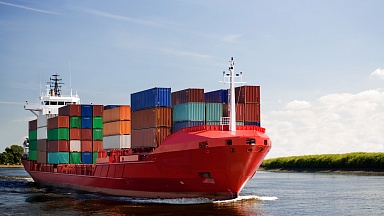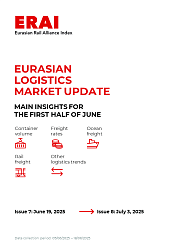According to Drewry, handling volumes will grow by an average of 5% a year between 2020 and 2025, whereas capacity will grow 2.5% a year, to reach 1.34bn teu.
As a result, average utilisation rates will increase from 67% to over 75%.
Eleanor Hadland, Drewry’s senior analyst for ports and terminals, said: «While 75% utilisation at port or terminal level is not sufficiently high to be a major concern, at a global level, the expectation of a tightening import capacity in a market already plagued by congestion, is actually a real cause for concern.»
The pandemic has also accelerated port digitalisation, however, which could help to alleviate some bottlenecks. For example, said Ms Hadland, the past 12 months have seen an increasing number of terminal operators signing up to neutral platforms like TradeLens, which enables information sharing across the supply chain using blockchain technology.
She added: "There’s transparency and traceability in these types of systems, and this has the potential to massively reduce the amount of physical paperwork associated with each cargo movement.
«Improved data flow can materially reduce the time taken for containers to transit the port. For example, the pilot blockchain project undertaken by Cosco and Qingdao port resulted in average time savings of over 24 hours per box.
«Time savings of this magnitude will result in significant improvement in asset utilisation for terminal operators, which leads to an effective increase in the capacity.»
Nevertheless, Ms Hadland cautioned that any efficiency gain from port digitalisation would be dependent on improving inland logistics flows, too.
«The rest of the supply chain needs to be able to handle this speed of cargo flow,» she explained. «At the moment, across the US, Europe and the UK, in particular, we’re seeing driver and rail car shortages. All of these things have a [long] lead time that needs to be addressed.»
Indeed, Ms Hadland doesn’t see the current port congestion crisis abating any time soon.
«We originally thought the Chinese New Year break would provide a much-needed reset in the market. But it’s looking less likely that this is going to be sufficiently long enough, given the level of disruption we’re seeing.
«On top of all the production slowdowns and the Covid outbreaks in China, we’ve now seen typhoons, and bad weather in America and Asia. There just isn’t any resilience or spare capacity in the system to accommodate this level of disruption,» said Ms Hadland.





